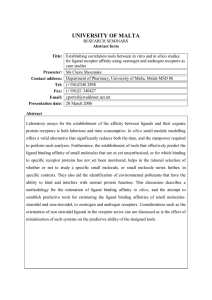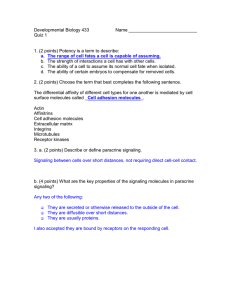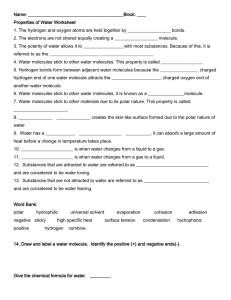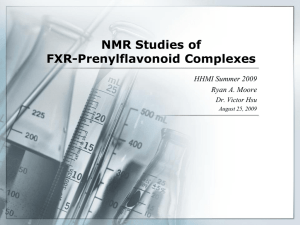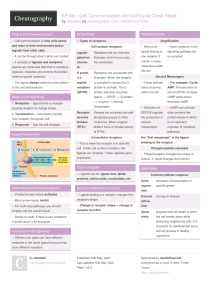Cell Interactions
advertisement
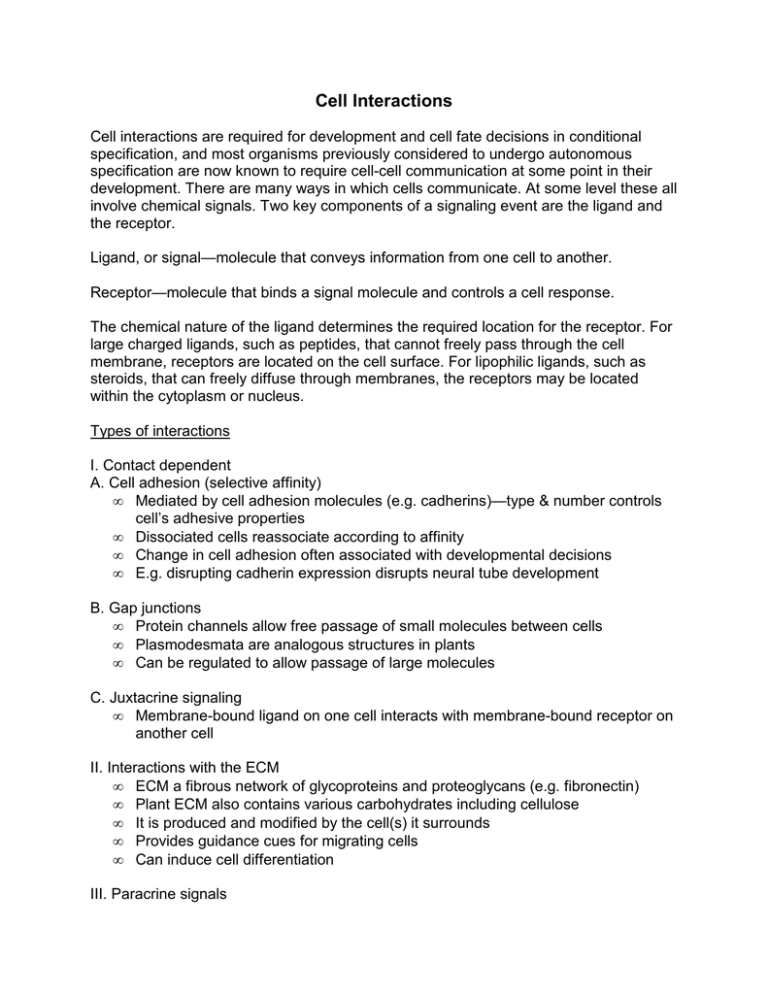
Cell Interactions Cell interactions are required for development and cell fate decisions in conditional specification, and most organisms previously considered to undergo autonomous specification are now known to require cell-cell communication at some point in their development. There are many ways in which cells communicate. At some level these all involve chemical signals. Two key components of a signaling event are the ligand and the receptor. Ligand, or signal—molecule that conveys information from one cell to another. Receptor—molecule that binds a signal molecule and controls a cell response. The chemical nature of the ligand determines the required location for the receptor. For large charged ligands, such as peptides, that cannot freely pass through the cell membrane, receptors are located on the cell surface. For lipophilic ligands, such as steroids, that can freely diffuse through membranes, the receptors may be located within the cytoplasm or nucleus. Types of interactions I. Contact dependent A. Cell adhesion (selective affinity) • Mediated by cell adhesion molecules (e.g. cadherins)—type & number controls cell’s adhesive properties • Dissociated cells reassociate according to affinity • Change in cell adhesion often associated with developmental decisions • E.g. disrupting cadherin expression disrupts neural tube development B. Gap junctions • Protein channels allow free passage of small molecules between cells • Plasmodesmata are analogous structures in plants • Can be regulated to allow passage of large molecules C. Juxtacrine signaling • Membrane-bound ligand on one cell interacts with membrane-bound receptor on another cell II. Interactions with the ECM • ECM a fibrous network of glycoproteins and proteoglycans (e.g. fibronectin) • Plant ECM also contains various carbohydrates including cellulose • It is produced and modified by the cell(s) it surrounds • Provides guidance cues for migrating cells • Can induce cell differentiation III. Paracrine signals • • • • • • • Proteins that diffuse short distances Include growth factors and cytokines Secreted or synthesized as membrane-bound precursor (pro-peptide) that is proteolytically processed to produce soluble signal molecule Interact with cell surface receptors on target cell to induce a reponse Among the hundreds of known paracrine signals, several major families include: o Fibroblast growth factor (FGF) o Epidermal growth factor (EGF) o Hedgehog o Wnt o TGF-β (Transforming Growth factor) The names usually do not reflect the wide array of functions each growth factor performs Many growth factors can induce different responses in different cells. The response is controlled by the responding cell. Autocrine signal—a cell signals to itself. IV. Endocrine signals (≅ ≅ hormones) • Can act at great distances—transported systemically throughout the organism in blood, etc. • Some are peptides (e.g. prolactin, growth hormone)—have cell surface receptors • Steroids (e.g. estrogen, testosterone)—have “nuclear” receptors • Various cyclic compounds and other molecules in plants • Some gaseous compounds like NO V. Morphogens • Diffusible molecules • occur in concentration gradients • specify cell fate in a concentration dependent manner • Especially important in syncitial specification e.g. Bicoid protein specifies anterior cell fates in a concentration dependent manner




